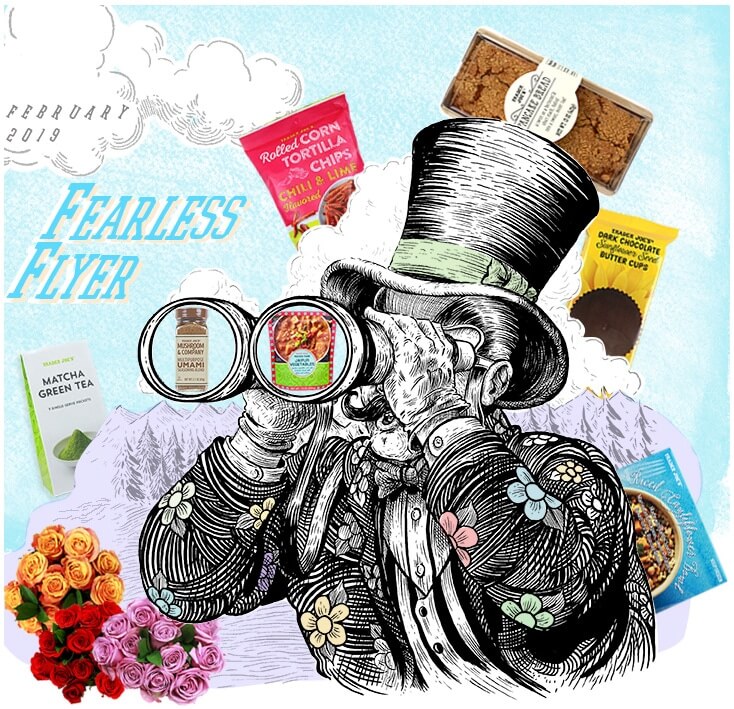The marketing game has shifted a ton over the last century—and it’s undergone yet another dramatic revolution in just the last decade. With the rise of online platforms, shifting consumer values, and an increasingly cluttered media landscape, traditional methods of promotion have become less effective.
Most companies that want to make a name for themselves are shifting their approach, pursuing content marketing and engagement marketing to build relationships with people, yet some successful brands have forsaken these forms of marketing altogether.
This isn’t something most of us can get away with, but that doesn’t mean there isn’t something to be learned from these bold brands.
5 Brands That Ditched Marketing (and are Doing Fine)
From cars to condiments, these impressive brands have created such a strong brand identity that fans naturally flock to them. No matter your industry, they may inspire you to rethink how you put your brand front and center.
1) Supreme
Fashion brand Supreme has firmly anchored itself as the ultimate tastemaker in the industry, cultivating an air of cool that has celebs and collectors lusting after their products. While the skatewear brand once advertised in its early days, it has evolved into a powerhouse that deals exclusively in street cred.
Their creative collaborations with high-profile brands (including Nike and Louis Vuitton) have made headlines, as have their novelties (including a Supreme-branded brick that now resells for $1,000). But it’s their restraint and exclusivity that has made them so popular. Everything from their products to their website is an expression of minimalism (FYI, their site doesn’t even have a metadescription), so it’s no surprise their marketing is practically non-existent, save for art film-esque clips and short announcements.
One of the “random” videos on their site, this short film shows the production of a Supreme-branded edition of the New York Post.
Why They Succeed: Supreme thrives on buzz and an established relationship with their rabid fanbase. Their exclusivity and effortlessness is the hallmark of the brand, making people feel that any bit of new information or sneak peek of a collection is a huge gift.
2) Trader Joe’s
In marketing land, Trader Joe’s seems like a total anomaly. Their only marketing is their Fearless Flyer a simple, low-budget newsletter produced eight times a year, and they don’t have a social media presence.
What they do have is a strong brand experience, consistent throughout the store. Sampling is their largest “marketing” expense, the artwork and signage in their stores is handmade by artists, and their team members are friendly, cheerful, and personable. They don’t need to market who they are because they show you the minute you step into the store.

The February 2019 Fearless Flyer features product roundups and more.
Why They Succeed: They know exactly who their people are: well-educated shoppers who are intentional about their purchases and less likely to be swayed by traditional advertising. Thus, they focus on delivering on their brand promise: high-quality goods at affordable prices. As marketing costs money, it’s counterintuitive to jack up their prices to cover the costs.
3) Common Projects
Similar to Supreme, shoe brand Common Projects has built a cult following and major caché by approaching marketing the way they approach product creation: adopting a minimalist philosophy.
The brand was launched to serve a sneaker need: shoes that bridge the gap between athletic sneakers and dress shoes. Thus, they focus on clean lines, high quality, and a minimal aesthetic, which translates to their marketing as well. Their social presence is rarely updated, their business boasts just 5 employees, and they have no official HQ.
The Common Projects website is pure minimalism.
Why They Succeed: They apply their philosophy to every aspect of their brand. Minimalism is not just their aesthetic; it’s a way of life. This understated, reserved approach to branding is one way they demonstrate their brand values, which highly resonates with their buyers—people with a penchant for style, quality, and efficiency.
4) Tesla
Most automobile companies are huge players in the ad game, but Tesla has taken a comparatively reserved approach. (In 2014 they spent $48.9 million on marketing, whereas General Motors spent $5.2 billion.)
For example, when they released a kids’ version of the electric Model S, they garnered buzz simply by retweeting customers’ home videos.
#MondayMotivation Idris Lay, a patient on our Rose Ward, has been taking a spin around the Royal Brompton Hospital after @TeslaOwnersUK surprised our paediatrics ward with a mini Tesla model. Read more Idris’ speedy ride around here https://t.co/fnPlyq28XG pic.twitter.com/Cbm1ymJefk
— RB&H Charity (@RBHCharity) February 11, 2019
Word of mouth and the ongoing antics of founder Elon Musk have created a brand full of intrigue and interest, leaving fans waiting to see what they’ll come up with next.
Why They Succeed: Tesla is largely focused on disrupting through innovation. Thus, they’re simply focused on creating the best product out there. Musk has said he’d rather put ad money into building a better product, and it shows, as their products speak for themselves.
5) Sriracha
How did this popular brand become one of the most popular condiments without ever spending on advertising? With a great recipe. Founder David Tran started off selling his homemade recipe in recycled baby bottle jars, networking with local markets and restaurants to get his product into the world.
Some 30 years later, the sauce has become a staple in the U.S. and around the world, thanks to word of mouth. Sriracha has never advertised and still has no social presence.
Why They Succeed: The brand has always let the product speak for itself. Even when Sriracha was sued by the city of Irwindale in 2013 after residents complained about the factory’s chili odors, Tran decided to invite the community into the factory to let them see the manufacturing process themselves.
After creating a filtration system for the odors, Sriracha began public tours, attracting 3,000 people a weekend. Most importantly, each person leaves with a small sample—always keeping the product in people’s hands.
Watch Master Sushi Chef Hiroyuki Terada’s tour of the factory.
How to Build Your Brand Through Marketing (Because You Have To)
We can’t all ditch our marketing efforts, but there are plenty of ways to build a strong community and connect with people to build a lasting brand—even using some of the tactics of these anomaly brands.
- Craft your brand strategy. Knowing who you are, what you’re trying to achieve, and how you’re going to do it is crucial to your brand success, whether or not your pursue traditional marketing channels. If you’ve never done one before, use our guide to craft a brand strategy.
- Know your voice. Whether it’s your website copy or Twitter feed, learn how to find and hone your brand voice in all communication.
- Share your brand story. Whether you’re telling the story of how your company was founded or offering a glimpse into your manufacturing process, there are plenty of ways to bring people into your brand story. Here are 5 ideas to get you started.
- Uncover the stories in your data. Proprietary data is one of the best sources of original content. Try these 5 ways to find interesting stories in your data.
- Turn your culture into compelling content. Culture marketing is a fantastic way to peel back the curtain and showcase the people behind your brand. Try our Culture Marketing 101 guide to learn how to do it.
- Lead with your beliefs. People want to support brands that share their same values. Take a cue from these 10 brands that put their values front and center.
- Build a strong brand identity. Your visual presence tells your brand story as much as your words do. Use this checklist to make sure you have a comprehensive visual language, and bookmark these 75 tools to help you build a better brand identity.
And if you’re having trouble honing in on your brand, hit us up and we can help you find some clarity.




